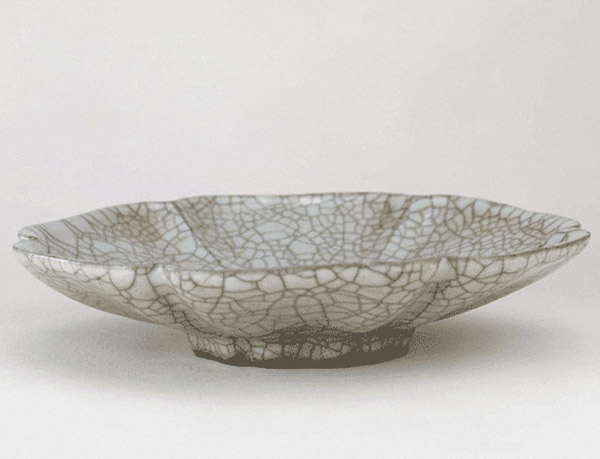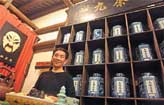Photos
Palace Museum admits damage to ancient plate
Updated: 2011-08-01 07:15
By Yan Jie (China Daily)
BEIJING - Managers of the Palace Museum admitted on Sunday that a piece of 1,000-year-old porcelain among its invaluable collection had been damaged by error during research, which involved examining the artifact with an analytical device.
 |
|
The 1,000-year-old porcelain plate that was damaged by error during research.[Photo/China Daily] |
This disclosure came after a netizen on Saturday blew the whistle on the accident and claimed the Beijing museum, also known as the Forbidden City, had been trying to cover up the incident.
The porcelain plate, a grade-one cultural relic from the Ge kiln called "Celadon Plate with a Mouth in the Shape of Mallow Petals", was crushed and damaged on July 4 when a laboratory researcher used a device to examine it, according to a statement from the museum.
The researcher stopped the operation immediately and reported the accident to the museum, the statement said.
The museum did not reveal how badly the plate was damaged.
The researcher had made a mistake in operating the device, causing a platform holding the plate to rise excessively, the statement said, citing an investigation draft report filed on July 21.
The design means the device will not inflict any damage on the object under examination if used properly, the statement said. Since last year, more than 50 ancient ceramic items had been examined during research without damage.
On Saturday night, a male netizen, posting under the name "Longcan", revealed the accident on his micro blog without identifying sources. He also alleged the museum had been trying to silence people who knew about the damage.
However, the blogger said the issue was resolved now that the museum had publicly confirmed the damage.
The museum will report the accident to the Ministry of Culture and the State Administration of Cultural Heritage as soon as the report is completed, according to the museum's statement.
According to the law on the protection of cultural relics, museums should report any damage to grade-one antiquities in their collections to senior top culture authorities. But the law does not specify how soon the matter should be referred to the authorities.
The porcelain plate, and nine other pieces collected by the Palace Museum, are products from the Ge kiln, which was one of the five most famous kilns in the Song Dynasty (960-1279). The pieces produced in these kilns are the most coveted for collectors of Chinese ceramics. In 1992, a porcelain plate dated to the Song Dynasty fetched $1.54 million at an auction in New York.
E-paper

Double vision
Prosperous Hangzhou banks on creative energies to bridge traditional and modern sectors
Minding matters
A touch of glass
No longer going by the book
Specials

Carrier set for maiden voyage
China is refitting an obsolete aircraft carrier bought from Ukraine for research and training purposes.

Pulling heart strings
The 5,000-year-old guqin holds a special place for both european and Chinese music lovers

Fit to a tea
Sixth-generation member of tea family brews up new ideas to modernize a time-honored business
